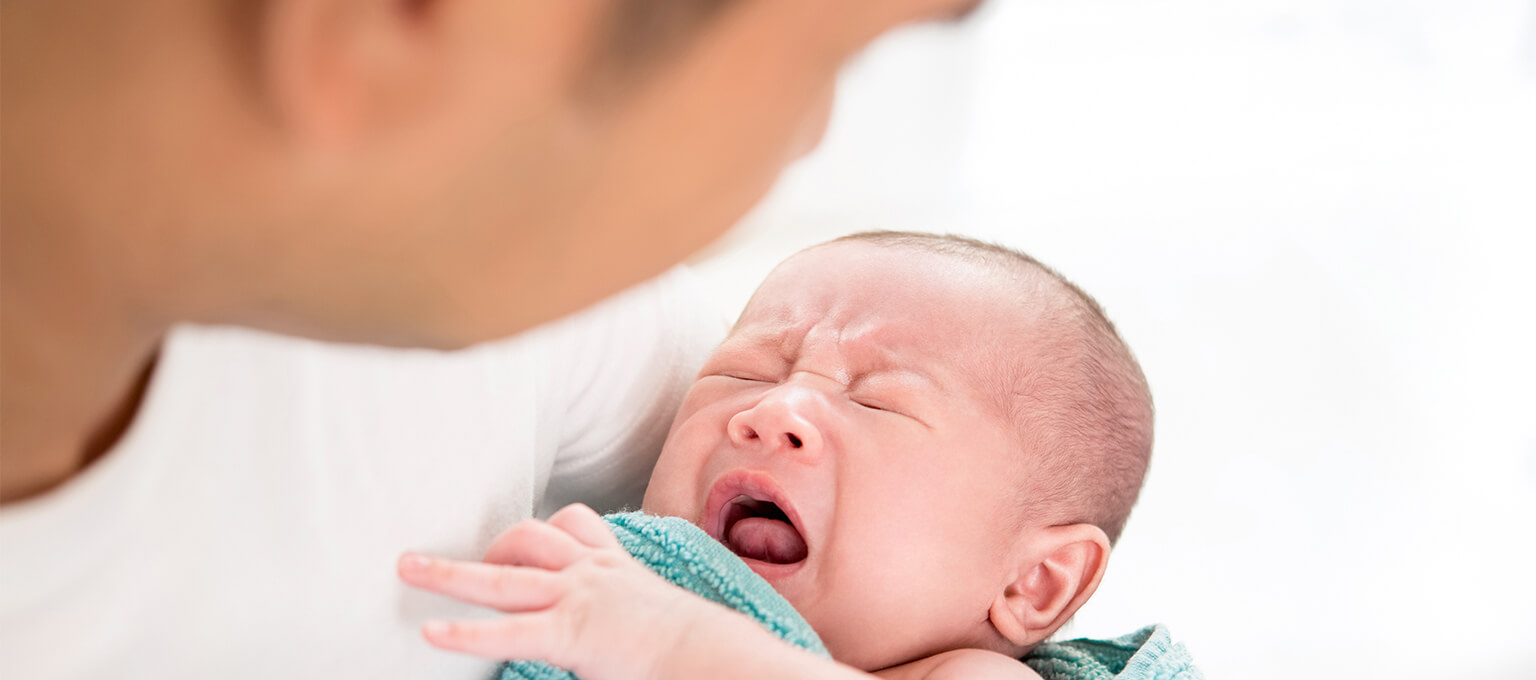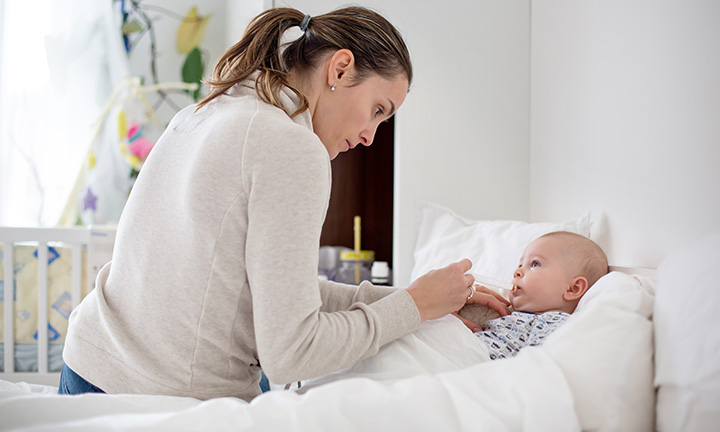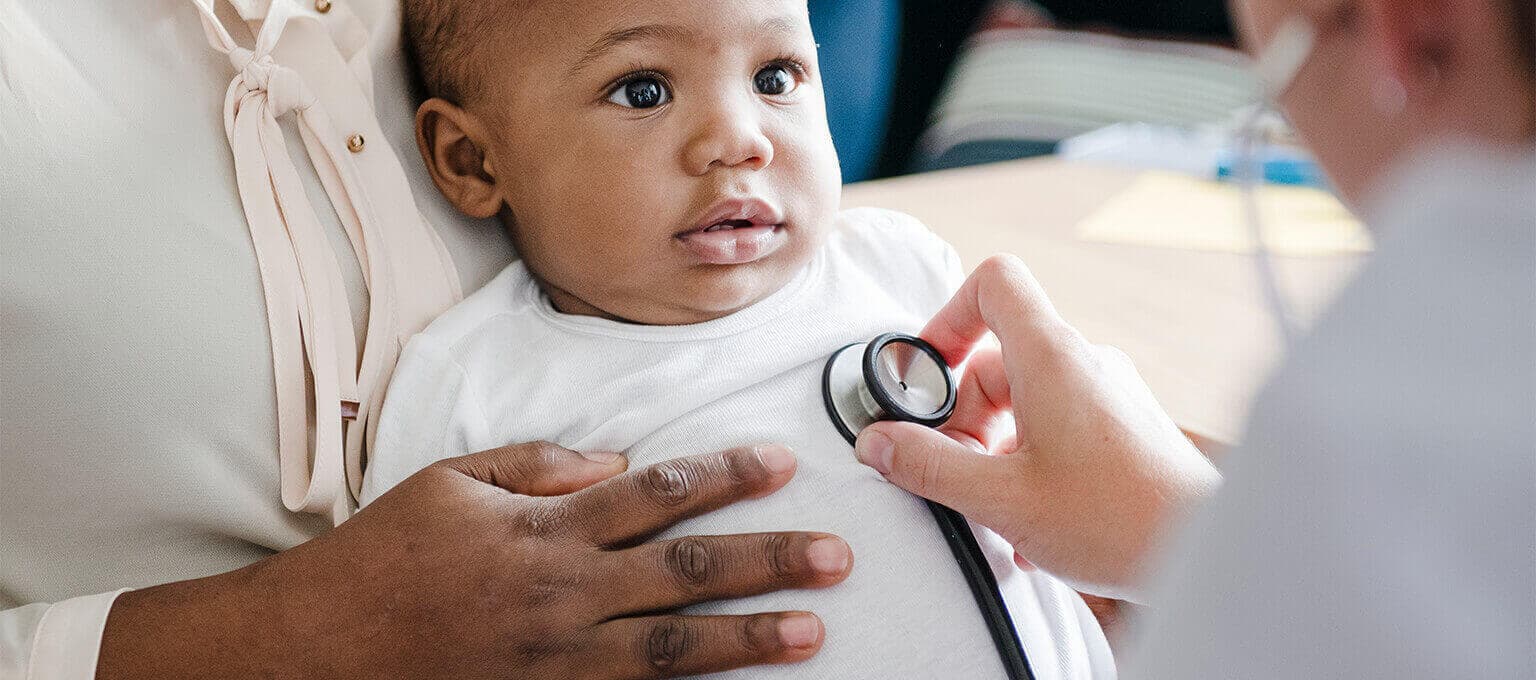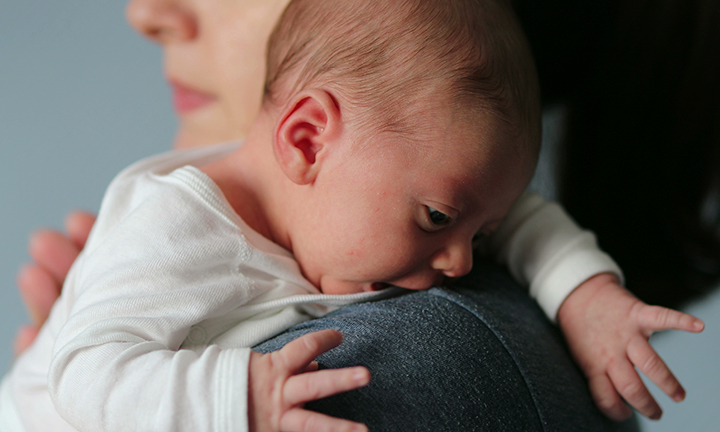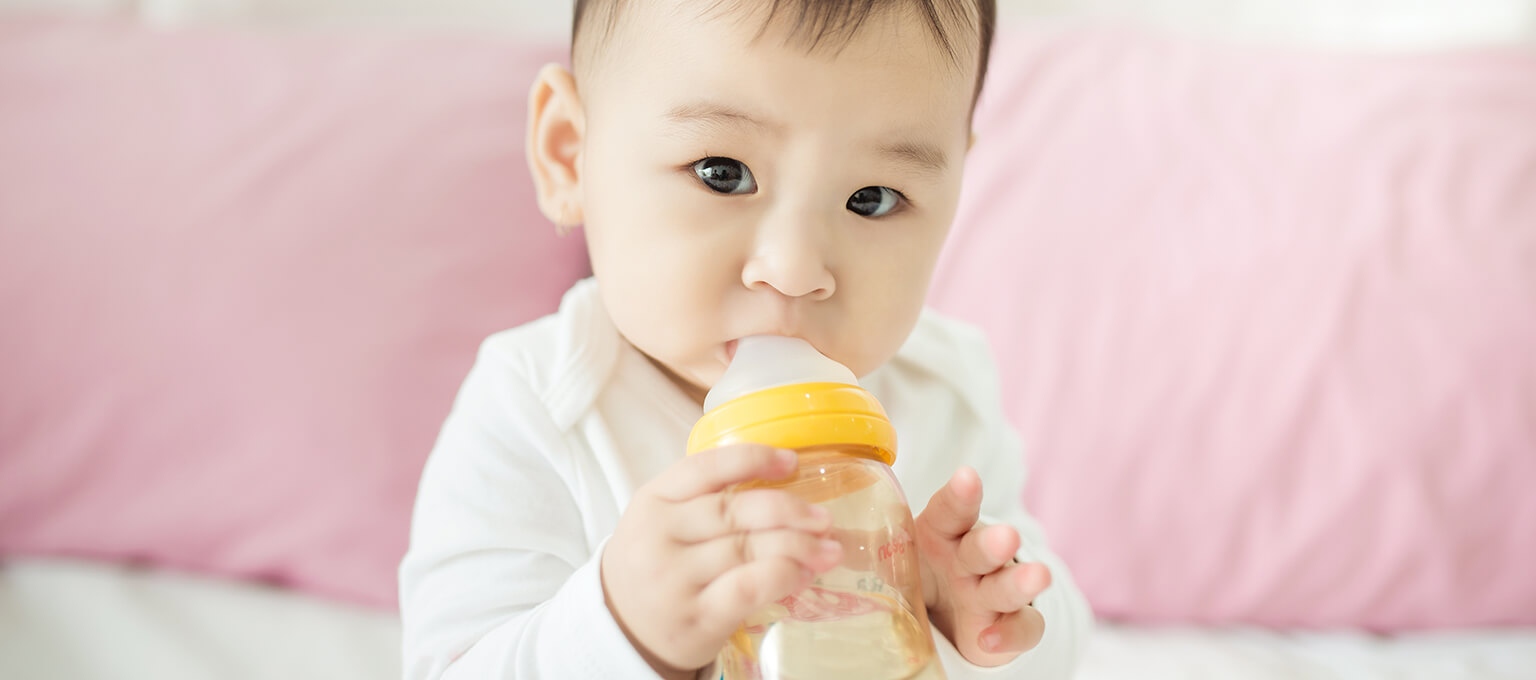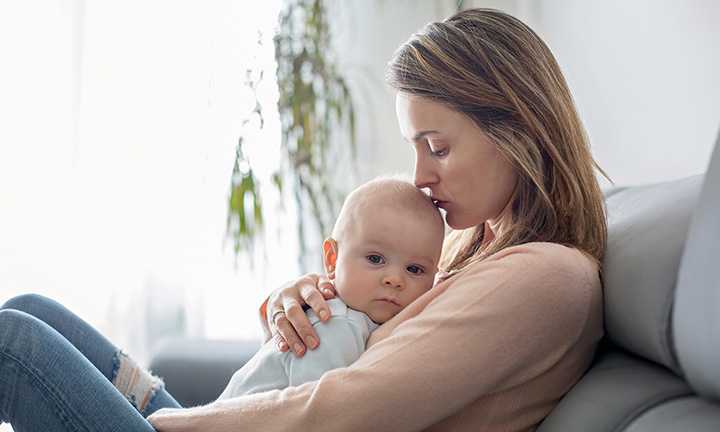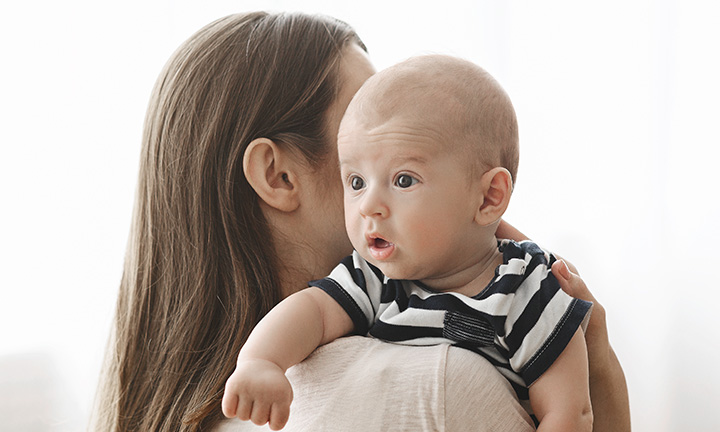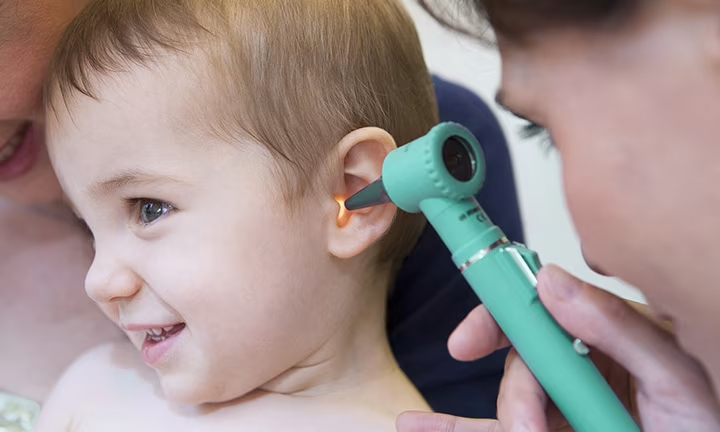
Ear Infections in Babies and Toddlers: Signs and Symptoms


Ear infections are really common in babies and toddlers. Wondering how you can tell if your little one has an ear infection? And what can you do to treat it and prevent it from coming back? Read on to find out more about the signs and symptoms of this common, treatable early childhood illness and what you can do about it.
How Common Are Ear Infections in Babies and Toddlers?
Most kids experience ear infections in their early years, especially between 6 months and 3 years old. In fact, ear infections in babies are quite common, with 66 percent of children having had an ear infection by the time they turn 2 years old.
Ear infections in young children are also more common during the cold and flu season of winter and early spring.
Luckily, recurrent ear infections usually drop off for most kids between the ages of 4 and 6. But that doesn’t mean they won’t crop up again since anyone, including adults, can get an ear infection.
Signs and Symptoms of an Ear Infection in Your Baby or Toddler
So, how do you know if your baby or toddler has an ear infection? It’s not easy to figure this out with babies (toddlers will often tell you that their ears hurt, which sometimes but not always indicates an infection), but there are some ear infection symptoms in babies you can look for. Here’s how to tell if your baby or toddler has an ear infection:
In Summary
Look out for the following signs of ear infection in your breastfed baby or toddler:
What Causes Ear Infections in Babies and Toddlers?
You might be asking yourself, “How do babies and toddlers get ear infections?” There are quite a few situations that can lead to your baby developing an ear infection, including the following:
In Summary
There are several things that can cause or lead to an ear infection in young children, including having had a cold, which can be caught easily in a child-care setting or school; your child’s ears not being fully developed; gender and heredity; and being around secondhand smoke.
How to Prevent Ear Infections in Babies and Toddlers
There are a few ways you can reduce your child’s chance of getting ear infections:
Other Preventive Measures
In some older children, ear infections might happen due to seasonal allergies. If you think there’s a connection between your child’s ear infections and seasonal allergies, consult their healthcare provider, who may suggest testing for allergies and/or a prescription for antihistamines.
If your child continues to have frequent ear infections, the healthcare provider may recommend they see an ENT, who can suggest preventive measures.
In certain cases of recurrent ear infections that cause hearing loss, the ENT may recommend that tiny tubes be inserted into your child’s eardrums. During this medical procedure, your child would be placed under sedation and wouldn’t feel anything. The tubes help prevent fluid and infection-causing bacteria from entering the middle ear and restore proper hearing.
If you’re concerned about your child’s frequent ear infections, consult their healthcare provider or an ENT for more information on preventive measures as well as the possibility of the aforementioned medical treatment.
In Summary
There are some preventive measures that can reduce the chance of ear infections in babies, such as breastfeeding, feeding in an upright position, not smoking, making sure they have up-to-date vaccinations, frequent handwashing, and paying attention to nutrition. In some cases, your healthcare provider may recommend your child see an ENT for specialized care that may include a medical procedure to insert tiny tubes into the eardrums to prevent ear infections from recurring.
Treatment for a Baby or Toddler’s Ear Infection
If you suspect your baby or toddler has an ear infection, you’ll want to contact their healthcare provider. Before or after the appointment, you may try the following home treatment strategies for ear infections in babies :
At the appointment, the healthcare provider will check your child's ears for fluid in the middle ear space behind the eardrum. They may use various instruments to check for sensitivity and to see how the eardrum moves.
In some cases, what you thought was an ear infection could simply be earache caused by your baby’s teething, a foreign object lodged in your toddler’s ear canal, or a buildup of earwax. The provider will rule these out during the examination.
Some ear infections may not require antibiotics, as they can resolve on their own. In other cases, the provider may decide to prescribe an antibiotic and/or eardrops. Follow the dosage schedule closely and make sure to finish using all the medicine. Stopping the medicine before your child is fully recovered can encourage the ear infection to come back even stronger.
Recovering From an Ear Infection
If the healthcare provider prescribes an antibiotic for your child, be sure to follow the dosage instructions carefully.
If you’re following the provider’s guidelines regarding the antibiotic dosage, your child may start feeling better in one to two days, with the fever and ear pain disappearing. During this time, your child may also feel fullness or popping in the ear, which is a good sign that recovery is underway.
The provider may ask to see your child again to monitor the recovery. They will check to see if there’s fluid in the middle ear. Fifty percent of children may still have fluid in the ear three weeks after treatment with medicine. But in 90 percent of those children, the fluid in the middle ear disappears within three months. If the fluid doesn’t go away, the provider may refer your child to an ENT.
Oftentimes, in these instances, the ear infection may not be responding to the specific type of antibiotic that was first prescribed. The ENT may decide to have your child do another round of antibiotics, but this time prescribe a stronger one.
Should You Limit Your Child’s Activities During an Ear Infection?
There’s no need to limit your child’s activities during an ear infection unless they have a fever. In that case, it’s best to keep them home from day care or school. Otherwise, they can attend while recovering from the ear infection. Just be sure to let the child care director or school nurse know of your child’s ear infection and how the prescription medicine should be administered.
Some antibiotics may need to be refrigerated, so it’s a good idea to check that the child care center or school has a refrigerator for safe storage. Make sure the medicine is labeled with your child’s name and dosage instructions.
If your baby or toddler participates in swimming, it may be OK for them to swim while recovering from an ear infection as long as they don’t have drainage from the ear or a perforation in the eardrum. You may want to clear this with the healthcare provider first.
If you need to travel by airplane with your baby or toddler, know that it’s OK for your baby to travel while recovering from an ear infection. However, they may experience pain from the pressure. This can be remedied by nursing your baby or offering them a pacifier, as sucking and swallowing can ease any discomfort. For more tips on flying with a baby, consider checking out helpful article.
In Summary
Contact your child’s healthcare provider if you think your baby or toddler has an ear infection. In the meantime, you can treat their fever and keep them comfortable. At the appointment, the provider may prescribe an antibiotic for your child and also schedule a follow-up appointment to check their recovery. You don’t need to keep your child home from child care or school during their recovery—just make sure the appropriate person at the school knows when to give the medicine.
FAQs at a Glance
There are many reasons why babies may get ear infections. First, babies’ ears are not yet fully developed, and the tiny Eustachian tubes that lead from the middle ear to the throat can easily get blocked.
Babies are also more susceptible to catching colds, which can then lead to ear infections.
Feeding your baby in a lying position can lead to fluid traveling to the middle ear, which can lead to an ear infection.
The Bottom Line
Ear infections are very common in babies and toddlers. Being exposed to colds and other childhood illnesses in a child-care setting can increase the chance of your little one also getting an ear infection. Smoking around your baby or bottle-feeding them in a lying position can also increase the chance of them getting an ear infection.
Ear infections may often include fever and earaches. Until you’re able to have your child seen by their healthcare provider, you can keep your little one comfortable by using a pain relieving medication or eardrops with permission from the provider.
Your child may need antibiotics to completely recover from the ear infection. The provider may ask to see your child again after the full course of antibiotics has been taken to double-check on your child’s recovery. During this time, your child can go about their days as normal—there’s no reason to keep them home from day care or school.
Most ear infections tend to be minor and clear up on their own without causing your child problems, so take heart that they will soon recover from their ear infection and be back to their usual self.
- American Academy of Pediatrics. Caring for Your Baby and Young Child: Birth to Age 5, 6th ed. (New York: Bantam Books, 2014).
- Cleveland Clinic. “Ear Infection.”
- Healthy Children. “Ear Infection Information.”
- Heathy Children. “Ear Infection Symptoms”
- Healthy Children. Ear Infections in Children: Information for Parents
- Kids Health. “Middle Ear Infections.” (Otitis Media)
Read more about Baby
Related Articles
Join a World of Support
through Pregnancy and Parenthood.
TRACK WITH TOOLS
LEARN WITH EXPERTS
GET REWARDED



